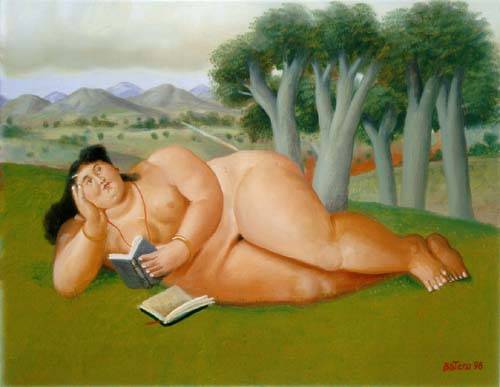Whatever Happened to Culture?
ROME. First it was the beaches, eclipsed by cement and the cleaner coasts of Spain and Dalmatia. Now some of Italy’s top museums and archaeological sites are showing a decline in popularity, reversing the trend for steady growth for the first time in two decades. Meeting in Rome last week the nationwide FederCulture, an association of public and private organizations which manage cultural and leisure-time activities, presented a bleak statistical report for 2008. The drop was particularly accentuated in the Naples area: a 12.3% decline in ticket sales at Pompeii, and a nearly 25% drop at the Reggia museum at Caserta. Few expect 2009 to be better—on the contrary, as the economic slump hurts tourism, it may be worse.
The particularly grim figures for Naples are reminders that last summer’s burning piles of rubbish were punishing for the Neapolitan economy. In addition, the positive showing of Rome’s three principal archaeological sites (the Colosseum, Palatine Hill and Roman Forum), where attendance was up by 7.6%, may simply mean that visitors remained in Rome an extra day in order to avoid Naples.
And yet even the Uffizi in rubbish-free Florence, with 1.5 million visitors, lost 3.8% of its visitors last year; by comparison, the Louvre, with some 8.5 million, rose by 2.4% despite the recession.
Obviously the Louvre is far more spacious that the Uffizi, and its collections cover a broader range than any single museum in Italy or even the Vatican. Moreover, the Louvre draws upon a much larger local pool: some 12 million people live and in and around Paris, as compared with the 700,000 of Florence and its outlying small towns. However, money talks, and it is worth recalling that the French cultural budget is double that of Italy, at E 2,900 million as compared with Italy’s E 1,568 million.
Another sign of the troubled cultural times: Italian families are spending almost 7% less per capita on the theater and on movie attendance. For this reason an ad hoc group of directors and actors presented a petition to the world leaders attending the G8 meeting in L’Aquila last week to ask for the subsidies they had previously received from the Culture Ministry to be restored.
Italy’s budget for cultural spending this year amounts to just 0.18% of the national budget—a drop of one quarter over 2008. The government has announced that that budget will shrink substantially further over the next two years, in cuts that also affect libraries with their ancient archives and the hiring of personnel to replace the cultural heritage managers, whose median age today of 55 puts them on the shores of Golden Pond.
Yet even when the much maligned foreign press raises its voice, the culture establishment here still reacts. When the New York Times stated (erroneously) that the famous “hot pot” purchased for the Met by Thomas Hoving in 1971, and returned to Italy this year, is now sitting unnoticed in an obscure Roman museum, Culture Minister Sandro Bondi did not deny this; in fact the vase is in the Etruscan Museum at Valle Giulia which, like almost all other Italian museums, has fewer visitors. Instead he accepted this as fact and announced his hope that the pot will go soon on what he called a “road show” to other Italian towns. The precious and fragile vase about to hit the road was decorated by the foremost painter of Attic vases, Euphronios, at the height of the Athenian civilization and is unique.


































i-Italy
Facebook
Google+
This work may not be reproduced, in whole or in part, without prior written permission.
Questo lavoro non può essere riprodotto, in tutto o in parte, senza permesso scritto.